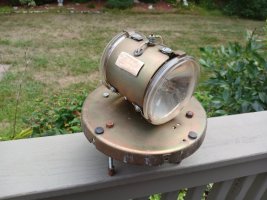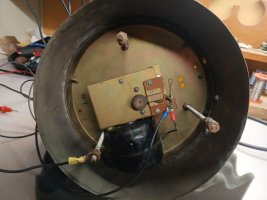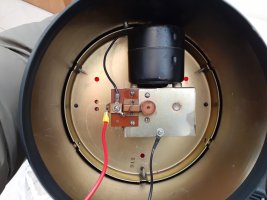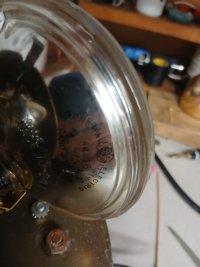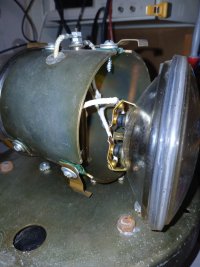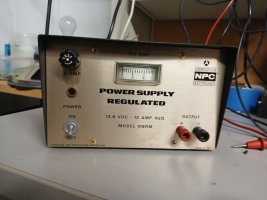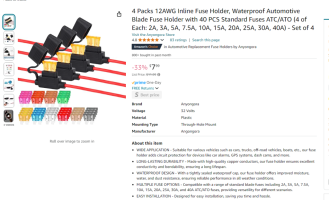Info based on serial # 1N11P9
6 VDC
December 1959
However I think it has been upgraded to 12V (as it looks like it says 12V on the motor), has 2 lights, plastic amber dome.
I would like to test it and wonder how to wire it up. I have a non functioning variable DC unit I need to fix first.
Does the positive DC supply go to the red crimped wire? And where does the negative DC supply attach?
Any other recommendations, warnings, etc, appreciated.
Thank you
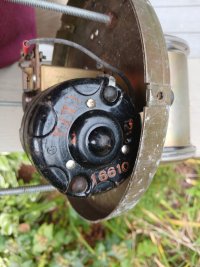
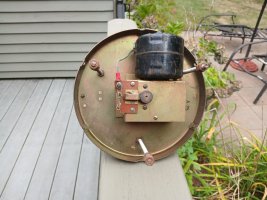
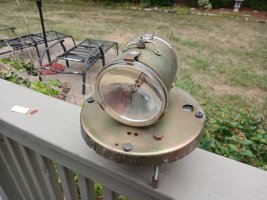
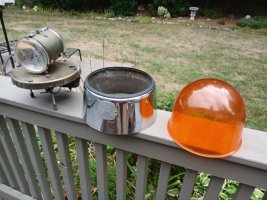
6 VDC
December 1959
However I think it has been upgraded to 12V (as it looks like it says 12V on the motor), has 2 lights, plastic amber dome.
I would like to test it and wonder how to wire it up. I have a non functioning variable DC unit I need to fix first.
Does the positive DC supply go to the red crimped wire? And where does the negative DC supply attach?
Any other recommendations, warnings, etc, appreciated.
Thank you





